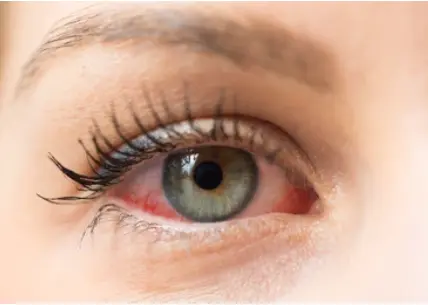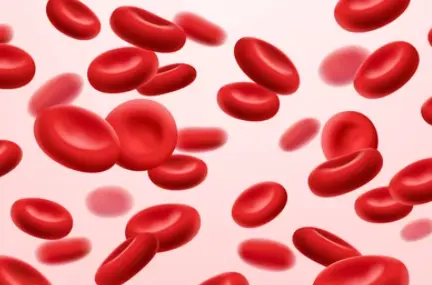 Welcome
Welcome
“May all be happy, may all be healed, may all be at peace and may no one ever suffer."
- A
- B
- C
- D
- E
- F
- G
- H
- I
- J
- K
- L
- M
- N
- O
- P
- Q
- R
- S
- T
- U
- V
- W
- X
- Y
- Z
Urticaria - Generics
Urticaria, also known as hives, is a skin condition that results in raised, itchy, and often red or pink bumps on the skin. These bumps are known as wheals and can range in size from a few millimeters to several centimeters. Urticaria can appear anywhere on the body and can be caused by a variety of triggers.
Causes:
Urticaria can be caused by a wide range of factors, including:
- Allergies: Urticaria is often caused by an allergic reaction to food, medication, insect bites or stings, or other allergens.
- Infections: Bacterial, viral, or fungal infections can also trigger urticaria.
- Stress: Emotional or physical stress can cause urticaria.
- Physical triggers: Certain physical stimuli, such as pressure, temperature, or sunlight, can cause urticaria.
- Chronic conditions: Certain chronic conditions, such as autoimmune disorders or thyroid disease, can also cause urticaria.
Symptoms:
The primary symptom of urticaria is the appearance of wheals on the skin. These wheals are often itchy and may be accompanied by swelling, redness, or a burning sensation. They can appear suddenly and may disappear just as quickly. In some cases, they may last for several hours or days before fading.
Diagnosis:
Diagnosing urticaria can be difficult, as the condition can have many causes. A doctor will typically begin by performing a physical exam and asking questions about the patient's symptoms and medical history. They may also order blood tests or skin tests to help determine the cause of the condition.
Treatment:
Treatment for urticaria typically involves identifying and avoiding the trigger, if possible. Medications such as antihistamines or corticosteroids may be prescribed to help relieve symptoms. In severe cases, epinephrine or other emergency medications may be required.
Prevention:
Preventing urticaria can be difficult, as it can be caused by a wide range of triggers. However, there are some steps that can be taken to help reduce the risk of developing the condition:
- Avoid known triggers: If a particular trigger has been identified, avoiding it can help prevent urticaria.
- Practice good hygiene: Washing hands regularly and keeping living spaces clean can help prevent the spread of infections that can cause urticaria.
- Manage stress: Learning relaxation techniques and managing stress levels can help prevent stress-related urticaria.
- Wear protective clothing: Wearing protective clothing, such as long sleeves and pants, can help prevent urticaria caused by physical stimuli.
Conclusion:
Urticaria can be a frustrating and uncomfortable condition, but it is often treatable. With the help of a doctor, patients can identify the cause of their urticaria and take steps to manage symptoms and prevent future outbreaks.

Furunculosis

Lens opacification

Rheumatoid Arthritis (RA)

Relapsing fever and louse...

Hepatic transplant reject...

Heartburn & gastritis

Hyperprolactinemia

Osteomalacia
Urticaria, মূত্রনালী
To be happy, beautiful, healthy, wealthy, hale and long-lived stay with DM3S.